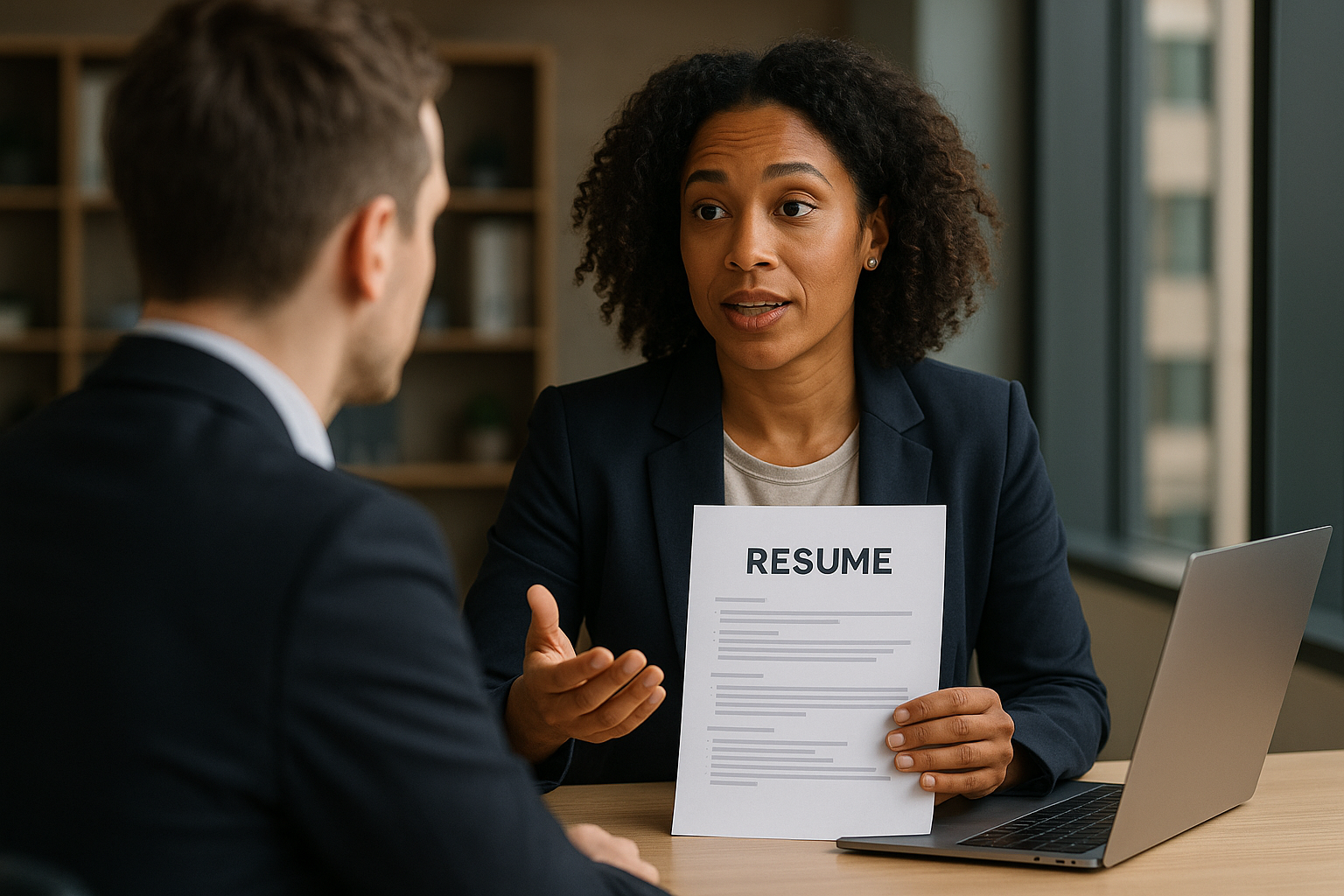How to Prepare for Candidate Conversations: A Step-by-Step Checklist
Preparing for candidate conversations helps both interviewers and candidates communicate clearly, assess fit, and make informed decisions. This article provides a structured checklist covering resume review, question planning, practice techniques, body language, confidence building, and negotiation basics to support a focused conversation.

Effective candidate conversations start with clarity about goals and a structured plan. Whether you are hiring or applying, preparation reduces uncertainty and helps evaluate fit beyond the written CV or resume. This article outlines a step-by-step checklist that covers hiring strategy, resume review, question practice, communication skills, body language, and negotiation. Follow each section to build consistency and confidence in recruitment conversations and improve the quality of decisions made during evaluation.
How does hiring strategy shape preparation?
A hiring strategy sets the frame for any candidate conversation. Define the role’s core responsibilities, success metrics, and essential versus desirable skills before engaging with candidates. Align the interview format—behavioral, technical, or case-based—with the skills you need to assess. For hiring managers and recruiters, documenting this context ensures each question ties back to job requirements and reduces bias. For candidates, understanding the employer’s priorities helps tailor examples and emphasizes relevant strengths during discussions.
What should candidates do with resumes and CVs?
Review the resume or CV carefully ahead of the conversation and flag areas to probe: work history, project outcomes, and observable skills. Check for dates, role titles, and any gaps that may need context. Prepare to discuss concrete examples that match the job description, using numbers or clear outcomes when possible. If you are the candidate, bring printed notes or a distilled achievements list; if you are the interviewer, annotate the resume with follow-up questions that reveal problem-solving and impact.
How to practice interview questions effectively?
Practice transforms answers into concise, relevant stories. Use common frameworks like STAR (Situation, Task, Action, Result) to structure responses to behavioral questions. Simulate the conversation with a colleague or record yourself answering technical and situational questions, then refine for clarity and timing. For interviewers, prepare a balanced set of questions that cover competency, culture fit, and potential growth. Keep a consistent question set across candidates to enable fairer comparisons.
How to build confidence and communication?
Confidence and clear communication come from preparation and pacing. Outline 3–5 key points you want to convey or learn during the conversation. Practice speaking slowly, using plain language to explain complex tasks, and pausing to invite questions. Active listening is as important as speaking: summarize what the other person says to confirm understanding and avoid assumptions. Both parties benefit when interruptions are minimized and electronic distractions are silenced in advance.
How to use body language during conversations?
Nonverbal signals influence perceived engagement and credibility. Maintain open posture, steady eye contact, and appropriate facial expressions to convey interest and professionalism. For virtual conversations, position the camera at eye level, ensure good lighting, and keep background distractions minimal. Note micro-signals—nodding, leaning slightly forward—to demonstrate attentiveness. Interviewers should watch for candidate comfort and adapt pacing; candidates should mirror the interviewer subtly to build rapport while remaining authentic.
How to approach negotiation and next steps?
Prepare negotiation points and an outline of next steps before the conversation ends. Decide on flexible versus fixed elements—start dates, responsibilities, remote options—so discussions stay focused and factual. For recruiters, explain the decision timeline, feedback process, and any assessments that remain. For candidates, prioritize your key needs and be ready to explain trade-offs factually. Keep negotiation professional: base requests on role responsibilities and market norms rather than emotion, and confirm any agreed items in writing afterward.
Conclusion A systematic checklist reduces ambiguity and improves the usefulness of candidate conversations for everyone involved. By aligning hiring goals, preparing and annotating resumes or CVs, practicing questions, honing communication and body language, and clarifying negotiation points and next steps, participants create clearer evaluations and more productive outcomes. Consistent preparation supports better matching between role needs and candidate capabilities without relying on assumptions.





